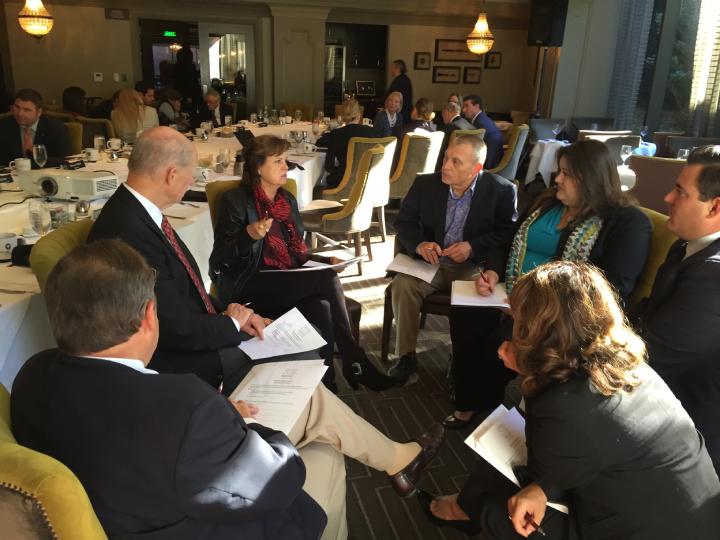
The GM of the Center Club of Orange County knew that his business needed some improvements. Shahin Vosough and his executive board needed to do something different to improve their board engagement, become more focused, and expand their membership. He began by redefining the traditional board meetings by bringing Emotional Connection to create a new environment. This process was met with hesitation and rejection from some but openness and intrigue from others.
In the midst of the reorganization, the Club also needed to recraft its vision, mission, and core values and select new areas of emphasis. As those discussions took place, it became apparent to the executive team that the board was not working well together; the interpersonal barriers were keeping the board from aligning and unifying around the new strategy.
“Most of the board members were disengaged,” Paul E. Greenwald, the chairman of the board, said. “We avoided confrontations but were unable to have meaningful conversations as a group.”
Instead, board members shared their concerns with people outside the board meetings. Vosough and Greenwald stressed that this ineffective communication delayed action and confused Club members.
Vosough brought in EmC Leaders to the executive team to use the Emotional Connection process for board engagement. Chairman Greenwald was immediately impressed; however, Vice Chairman Delmonico was hesitant and suspicious.
“When we first started, I had difficulties seeing that this process could bring any value. Having been in corporate governance for nearly 35 years, I didn’t buy into the concept of using emotional connection to create board engagement and involvement,” Delmonico notes, “But that was the differentiator that brought us together. The Process created change in our board meetings, engagement, and direction.”
The entire board, including managers, participants in the training, which took over a year.
“It was clear from the very beginning that it would make a significant difference in our Club,” Vosough said.
As the board and the executive team were finishing their training program, Vosough and other board members began to notice a marked difference.
“Our Chairman began to come out of his shell. He learned a way to approach meetings and constituents as he had never done before,” Delmonico said, “We started to interact in meetings differently, which brought clarity to our vision, mission, and core values. It all became simple.”
Since the executive team and management have implemented the skills, the transformation has persisted.
“People became more candid and open, with fluidity in discussions and group sessions,” says Vosough, noting that those who took the training to heart, had the most impact on the transformation.
“We see a different level of engagement: people are much more invested in the meeting, and I feel really good that we have raised a level of interconnectivity between the various people on our board,” Greenwald says. “We have a better atmosphere with more laughs, more smiles, and the type of seriousness needed to produce better results.”
The impact of Emotional Connection training has manifested itself in many ways. The following are three examples: